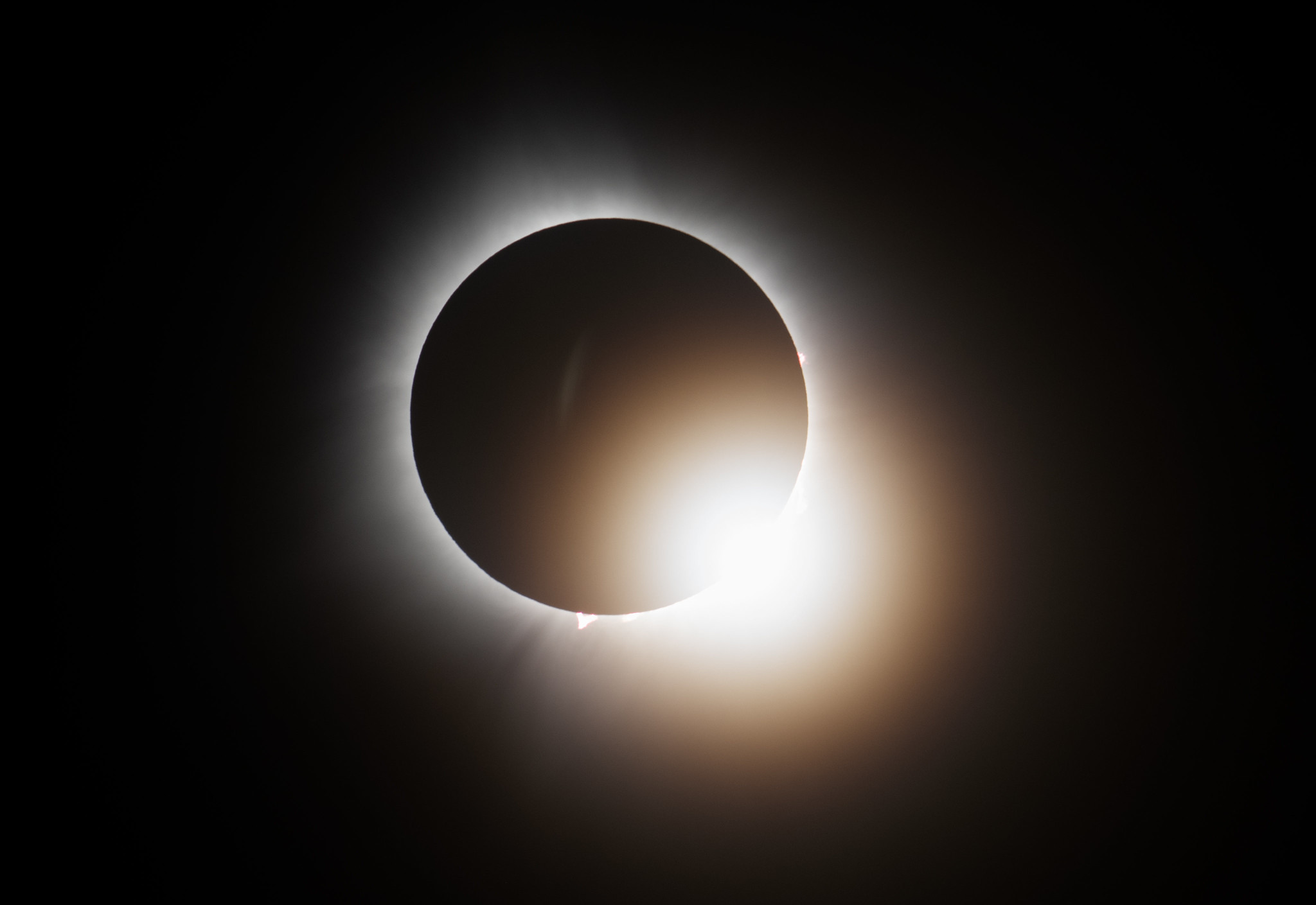Leader of NASA’s VERITAS Mission Honored With AGU’s Whipple Award
Suzanne Smrekar, geophysicist and principal investigator of the agency’s upcoming VERITAS mission to Venus, is NASA JPL’s first recipient of the prestigious award. Suzanne Smrekar, a senior research scientist at NASA’s Jet Propulsion Laboratory in Southern California, received the Fred Whipple Award on Monday, Dec. 9, in Washington at the fall meeting of the American […]

3 min read
Preparations for Next Moonwalk Simulations Underway (and Underwater)
Suzanne Smrekar, geophysicist and principal investigator of the agency’s upcoming VERITAS mission to Venus, is NASA JPL’s first recipient of the prestigious award.
Suzanne Smrekar, a senior research scientist at NASA’s Jet Propulsion Laboratory in Southern California, received the Fred Whipple Award on Monday, Dec. 9, in Washington at the fall meeting of the American Geophysical Union. Named for astronomer Fred Whipple, the prestigious award recognizes contributions to the field of planetary science. Smrekar also gave the Whipple Lecture “To Venus: A love letter from Earth and beyond” at the event.
Smrekar is the principal investigator of NASA’s VERITAS mission, short for Venus Emissivity, Radio science, InSAR, Topography, And Spectroscopy. Slated for launch in the early 2030s, the orbiter will study Venus from surface to core to understand how a rocky planet about the same size as Earth took a very different path, developing into a world covered in volcanic plains and deformed terrain hidden beneath a thick, hot, toxic atmosphere.
Smrekar’s passion for modeling and studying how rocky planets evolve led her to a previous stint as deputy principal investigator of NASA’s Mars InSight mission (Interior Exploration using Seismic Investigations, Geodesy and Heat Transport), which revealed new details about the Red Planet’s marsquakes and interior layers, including its crust, mantle, and liquid core.
Based at JPL since 1992, Smrekar worked early in her career on NASA’s Magellan mission. “I got to see the first radar images come back from the surface of Venus, and I got to sit around the table with brilliant scientists from around the world examining these bizarre new landscapes, trying to imagine the forces that created them,” she recalled. “It was exhilarating! I was hooked on space exploration, and on Venus!”
A recent reexamination of Magellan data found evidence of active volcanism on the planet, and additional indirect evidence of activity, based on estimates of the heat coming out of the planet’s interior from specific tectonic features, has only added to the eagerness to explore Venus. Managed by JPL, VERITAS will study the planet in concert with NASA’s DAVINCI (Deep Atmosphere Venus Investigation of Noble gases, Chemistry, and Imaging) mission, which is managed by NASA’s Goddard Spaceflight Center in Greenbelt, Maryland, and is also launching in the early 2030s.
More About VERITAS
VERITAS partners include Lockheed Martin Space, the Italian Space Agency, the German Aerospace Center, and Centre National d’Études Spatiales in France. The Discovery Program is managed by the Planetary Missions Program Office at NASA’s Marshall Space Flight Center in Huntsville, Alabama, for the Planetary Science Division of NASA’s Science Mission Directorate in Washington.
News Media Contact
Ian J. O’Neill
Jet Propulsion Laboratory, Pasadena, Calif.
818-354-2649
ian.j.oneill@jpl.nasa.gov
2024-167
Share
Details
Related Terms
What's Your Reaction?

















































